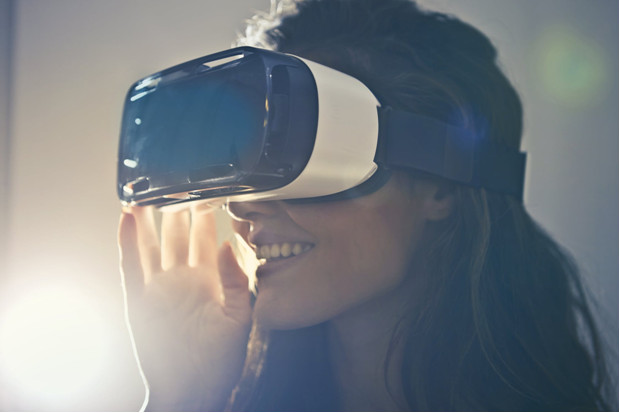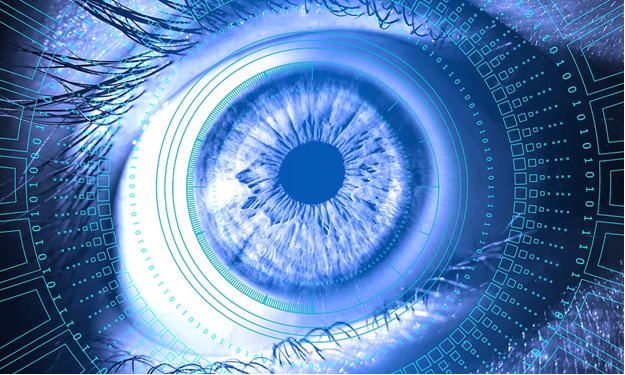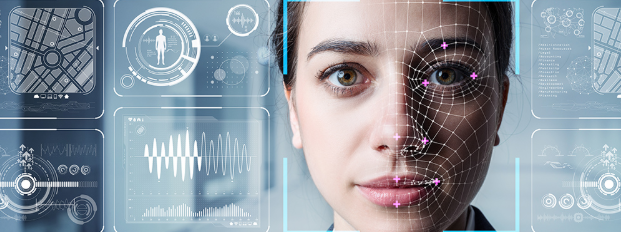Virtual reality (VR) took the world by storm when it first came out, and the predictions are that the market size will continue to grow.
The gradual drop in prices is attracting more and more people, and more companies are investing in this technology. This leads to the developers set their sights on new goals.
The biggest focus is on developing new software that’ll improve the user experience. Besides that, companies pay a lot of attention to making the hardware more convenient, while users employ various strategies to enhance their security.
With all this in mind, let’s take a look at what’s in store for VR gaming.
Wireless Headsets
There’s been a growing demand for standalone mobile headsets that can connect to PCs. Until recently, most mobile VR headsets couldn’t plug into PCs for additional gaming libraries.
This was seen as one of the major downfalls of VR technology. At-home VR headsets proved to be very restrictive.
An immersive game with a 360-degree environment couldn’t be properly explored at home. Long cables and cords were quite an annoyance to some.
All these issues make wireless, mobile VR headsets extremely attractive. Fortunately, Oculus Quest has paved the path for other developers to hop on the bandwagon and invest in this technology.
Eye-Tracking Software
Eye-tracking software may seem like a small thing, but it can have a huge influence. It has many possible applications, and in VR games it can mean a world of difference.
Basically, a sensor that measures eye position and movement can determine where the player’s attention is and what they’re focusing on.
This allows for high-quality graphics through foveated rendering. Foveated rendering means creating a virtual scene in high resolution only in the small area on which the human eye can focus, leaving the remainder of the scene in a lower resolution.
Complex scenes in the VR world take a lot of processing power, and through this software, it would be easier to render these scenes and make the games more interactive.
As a bonus, retina scans can be used as biometric identifiers, creating a customized environment for each individual user. This makes it perfect for enhancing cybersecurity as well.
More Reality
Diving into the world of VR gaming for the first time is a unique experience in itself. But after the initial “wow factor” wears off, many are left disappointed.
With the sales of VR headsets slowly rising, users are demanding a higher focus on image resolution, and they’re asking for more reality.
For VR gaming to have a bright future, developers must meet those needs. 3D video games have set the bar high when it comes to game graphics, and VR should follow suit.
A sharper image and a realistic design aren’t just about satisfying the users with their appeal, however. VR motion sickness is a common occurrence, and it’s something the developers were struggling to eliminate.
Better image resolution and higher quality scene renderings might be a way to deal with VR motion sickness.
Development of VR Arenas
VR arenas are the next big thing in the future of gaming. As mentioned, at-home gaming proved to be very restrictive, and arenas are set to change that.
26% of home console gamers spend the majority of their time playing multiplayer online games. This translates directly to VR games as well.
Developers must accommodate the users and ensure VR games are both immersive and interactive. There’s already a number of VR arcades and arenas available to the public, and this trend is bound to set off.
Mobile and wireless headset development is a number one priority for VR arenas. Currently, lightweight backpacks with all the necessary equipment inside them are being used.
The development of mobile headsets will see the rise in the number of VR arenas, bringing the VR gaming technology closer to the general public.
Higher Focus on Cybersecurity
Up until now, there hasn’t been a lot of focus on the security of VR games. But with the growing number of cybercrimes, a major shift toward higher security is needed.
Device location is one of the most leaked types of information, causing great privacy and security concerns.
While antimalware and antivirus software can protect the device to some extent, the only way to protect location information is through the best VPN. Get it now!
VPN creates an encrypted connection to the network that’s difficult to breach and that provides a player with a new IP address. This makes it impossible to find out the actual device location.
VR gaming is set to have a bright future, and the development of new software, hardware, and a greater focus on cybersecurity are the essential parts of it.













![[Leak] Pre-release Version of Concord Surfaces Online](https://vgleaks.com/wp-content/uploads/2025/06/Concord-pre-release-150x150.jpg)
